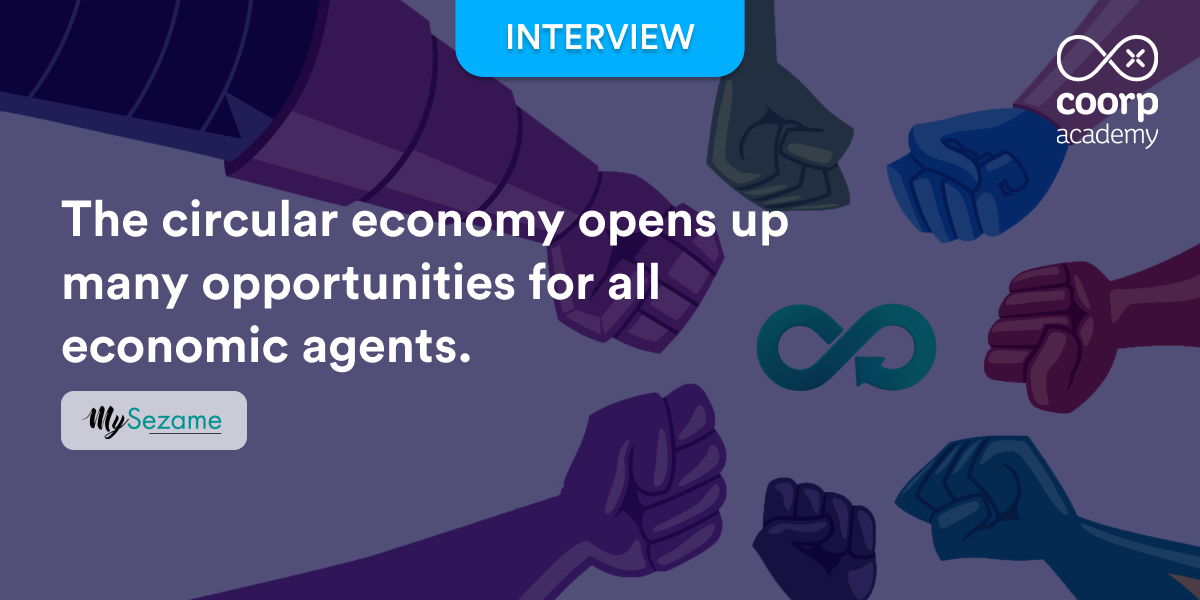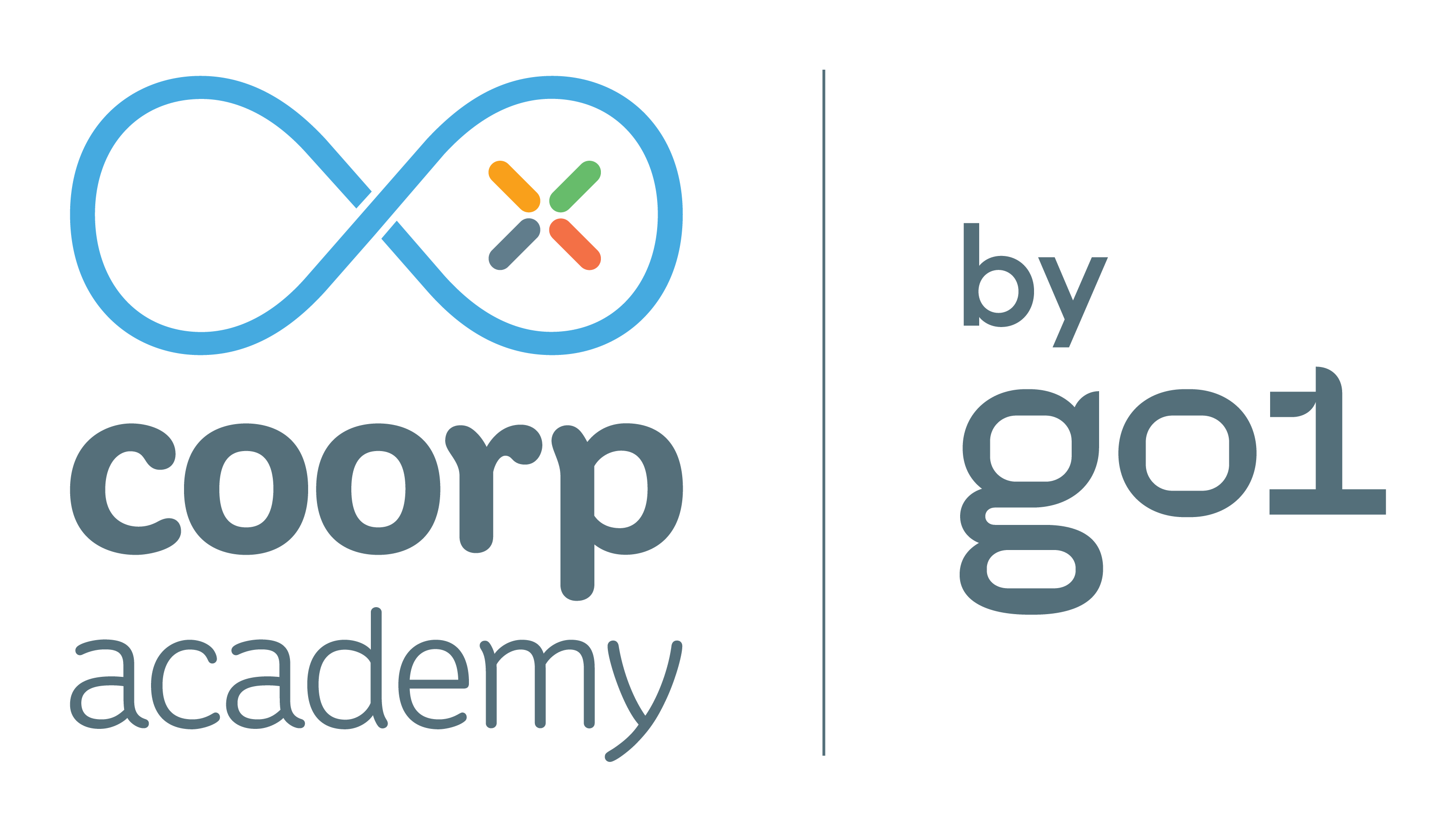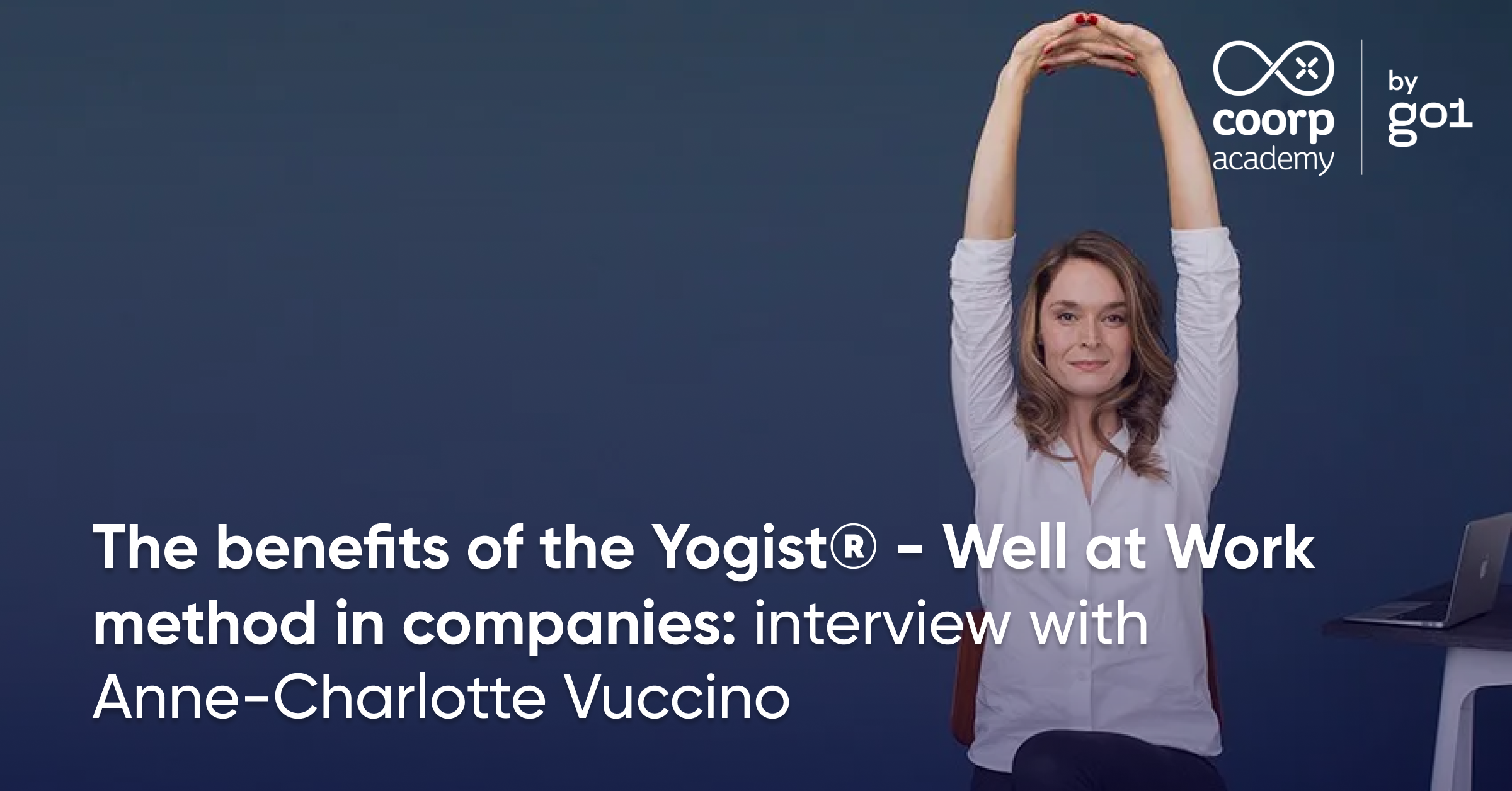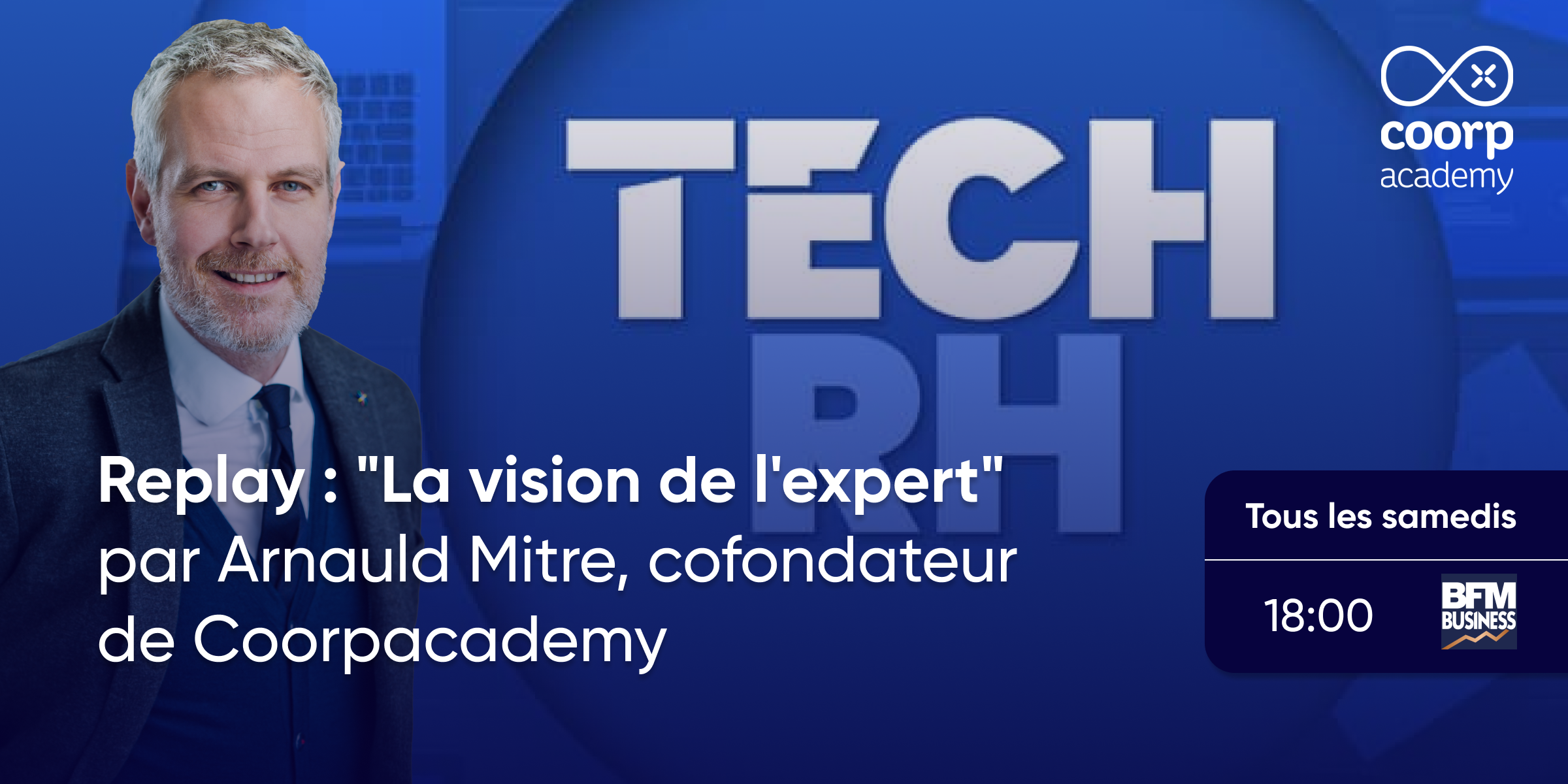In what world do we want to live in 30 years?
Interview

For the past sixty years, the world economy has been structured around an ideal of mass consumption and infinite growth. But in a world of finite resources, this model is beginning to show its limits. So how can we transform this line from extraction to the end of the product’s life into a virtuous circle? This is the objective of the new course “The circular economy: from the straight line to the virtuous circle” co-published with MySezame, a training organization specialized in sustainable transformation and one of the 135 French companies to be certified B Corp, the label of impact companies of the 21st century!
We interviewed Célestine Julien at MySezame, Head of the Inter-Company Course (GR20²°), who collaborated in the creation of the course on the Coorpacademy platforms.
1- In a few sentences, who is MySezame and what do you do?
MySezame is a training organization specialized in impact business.
We engage and train leaders and their teams in business transformations and innovations related to societal issues through inspiring meetings and action workshops. Our ambition is to create a shift from individuals to companies to engage them in a collective rethinking of business models and success, in order to make the economy sustainable, durable and inclusive.
2- Why did you choose to publish a training on the circular economy? What issues does it address?
The circular economy allows a new way of thinking the economy where collaboration is the cornerstone of the system. Indeed, the waste of some becomes the resources of others allowing, in fine, a reduction of the pressure of human activity exerted on the planet. Collaboration, by its definition, underlines the importance of working together to achieve a common goal. The notion of results and co-responsibility is therefore important. If we want to respond to the social and environmental challenges of our century, it is time to create a system with nature and all economic agents: citizens, consumers, employees, companies, industries, public authorities… to create a virtuous system.
We have a common responsibility where each and every one of us can act at their level and do their part.
3- Is the circular economy the breeding ground for the 4th Industrial Revolution? Is it the new economic paradigm towards which we should absolutely move?
If I tell you that in 30 years (I let you see how old you will be) the UN foresees +2 billion inhabitants on Earth, that the World Bank foresees an increase of 70% of our waste (where today there is already a 7th continent of plastic in the Ocean) and that currently, every year, we already consume in 6 months, on a global scale, all the resources that the Earth is capable of generating in one year. These few figures and the perspective they outline are quite catastrophic. However, they have the merit of making us aware of one essential thing: our current development’ mode, based on a linear economy, is not sustainable.
So let’s ask ourselves the question, in which world do we want to live in 30 years?
A world where, when we go diving in the sea, we will see more plastic than fish, where we will be forced to eat pills with a sour taste because we will have exhausted our resources, where machines will have replaced many uninteresting things we used to do but also things we liked to do, where we will be so connected that we will be chatting with a stranger at the end of the world but we won’t know our neighbor, where science will allow us to have 3 children, all of them born male because it would be more convenient for some obscure reasons, where we will hear every week that a country disappears from the map because of a lack of water, not to mention conflicts, natural disasters and other humanitarian disasters…
Or else, in 30 years, our waste will have become resources thanks to the collaboration of all the economic actors, we will know our neighbor, and with them, we will barter, we will share, we will exchange in all conviviality. We will eat organic vegetables produced in permaculture less than 150kms away and on the terrace farm of our building. We will have 3 children who will all be different, very creative and empathetic, because the school will also have changed. It will have taught them to read, write and count, but not only. It will also have taught them to manage their emotions. To make plans. To succeed with rather than against others. To ask questions rather than recite answers. To take care of themselves, of others, of their environment.
We will preserve our resources, we will share them, we will live together on the same planet.
4- The first perspective you mention is scary, and… the second seems far from our current world. How would the circular economy make us avoid the worst?
Let’s say the wave is there. The question is whether we ride it or let it drown.
We won’t lie to ourselves, the task is big. But if we choose the glass half-full option, the fear dissipates and makes way for an incredible field of possibilities!
The circular economy is a first step to act and collectively redesign our development model to make it more sustainable and desirable.
It implies taking a step aside and looking at the whole functioning of our economy in a different way. It opens up numerous opportunities for all economic agents by rethinking their relationship with the territory, their activities, but also the societal contribution they wish to make. It can therefore be a formidable lever for commitment, at all levels, around a common and revolutionary societal project!
5- Which companies (whether or not MySezame is working with them) do you think have made a particularly significant and successful sustainable transformation? Do they have a secret?
30 years ago, Ray Anderson launched a total transformation of his company, a world leader in the production of highly polluting carpets, to make it a “zero impact” company. The result? Unflinching growth in the bottom line. A better planet. Convinced consumers. Employees who are committed. (I invite you to learn more about this leading example in the course 😉 )
And on this side of the Atlantic, in France, Camif, a historic company created in 1947 to equip teachers with furniture through mail order, is reinventing itself. In 2008, the company went bankrupt and was taken over by Emery Jacquillat, who was able to engage all of his stakeholders and actors in the region around a mission: “To offer products and services for the home, designed to benefit people and the planet. To mobilize our ecosystem (consumers, employees, suppliers, shareholders, local players), to collaborate and act to invent new models of consumption, production and organization.” A true laboratory for experimentation, Camif places CSR and the circular economy at the heart of its operations. Now profitable, it proves that growth and social, societal and environmental responsibility can go hand in hand.
The secret of these successes? A sincere desire to make the company contributive and committed to the common good. Economic profitability is no longer the only objective to be achieved, but rather the contribution to the resolution of social and environmental issues.
6- Who is the course you have co-edited with Coorpacademy aimed at? What is the main objective?
This course is aimed at all employees, from all sectors and professions and can also touch the consumer and citizen in each of us. Through concrete and varied examples which illustrate this paradigm shift, the course allows to understand the main principles of the circular economy and to identify the “key success factors” which allow the economic agents to be part of this virtuous approach!


